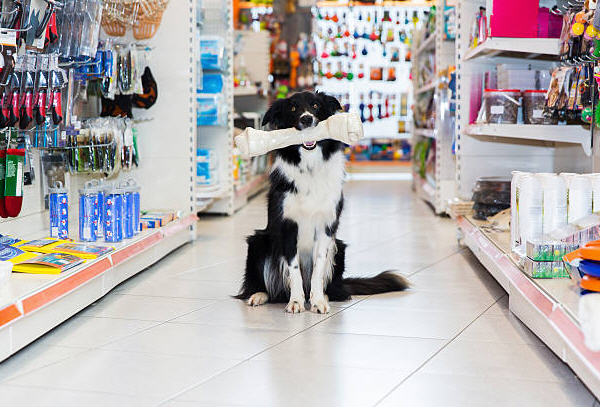
Key Performance Indicator (KPI) for Pet Supplies
To name a few:
Sales and Revenue KPIs
- Total Revenue: Total sales generated during a specific period (daily, weekly, etc.). This is your top-line sales metric.
- Sales Growth: Increase in revenue over time. Are your sales expanding or contracting?
- Average Order Value (AOV): Average amount spent per customer order. Increasing AOV drives more revenue.
- Units per Transaction (UPT): Average number of items purchased per transaction. Similar to AOV, boosting it enhances revenue.
- Sell-Through Rate: Percentage of inventory sold within a given timeframe. Helps identify fast-moving vs. slow-moving items.
Customer-Focused KPIs
- Customer Satisfaction Surveys (CSAT): Measure satisfaction with product quality, selection, pricing, customer service, etc.
- Net Promoter Score (NPS): Tracks the likelihood of a customer recommending your store or products to others. Indicates customer loyalty.
- Repeat Customers: Percentage of customers who make multiple purchases. Builds a loyal customer base and repeat sales.
- Customer Lifetime Value (CLV): Projected total revenue a customer generates over their relationship with your business.
- Online Reviews: Monitor reviews on platforms like Google, Yelp, or industry-specific sites. Gauge and address customer feedback.
Product & Inventory KPIs
- Sales by Product Category: Track sales for different pet supplies categories (food, toys, grooming, etc.). Helps you optimize inventory and promotions.
- Inventory Turnover Ratio: How frequently inventory is sold and replenished over a period. High turnover often indicates healthy demand and efficient management.
- Days Inventory Outstanding (DIO): Average number of days inventory is held before being sold. Shorter DIO indicates better cash flow.
- Gross Profit Margin by Product: Analyze profit margins for different product lines, which helps with pricing decisions and inventory management.
Marketing & Sales KPIs
- Website Traffic (if applicable): Number of visitors to your online store. Indicates the reach of your online presence.
- Conversion Rate (if applicable): Percentage of website visitors who convert into paying customers. Higher conversion means better sales performance.
- Customer Acquisition Cost (CAC): Cost of acquiring a new customer. Helps manage marketing spend and profitability.
- Social Media Engagement: Track likes, shares, comments for your brand or products on social media.
Additional Considerations
- New Product Introduction Success: Track sales performance and profitability of new products you introduce.
- Seasonality KPIs: Analyze how sales fluctuate throughout the year due to holidays, weather, or pet-related events. Plan accordingly!
